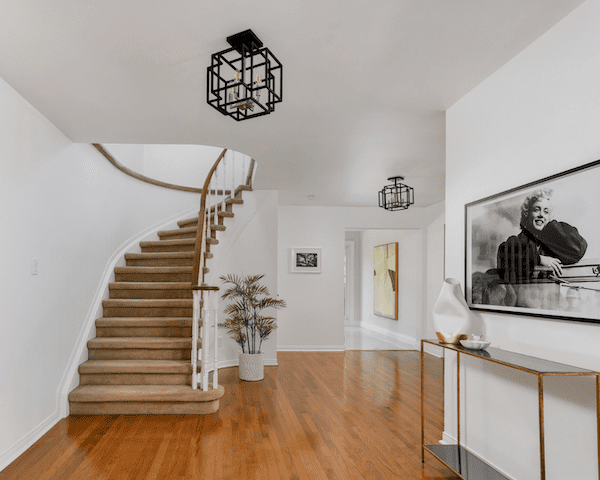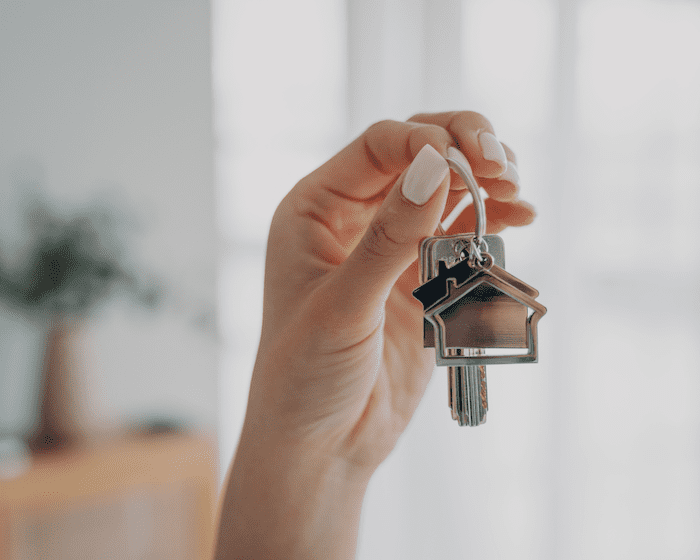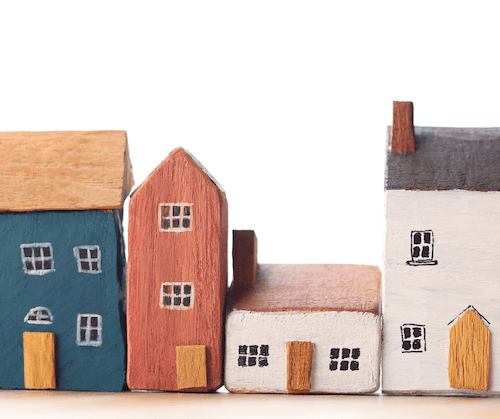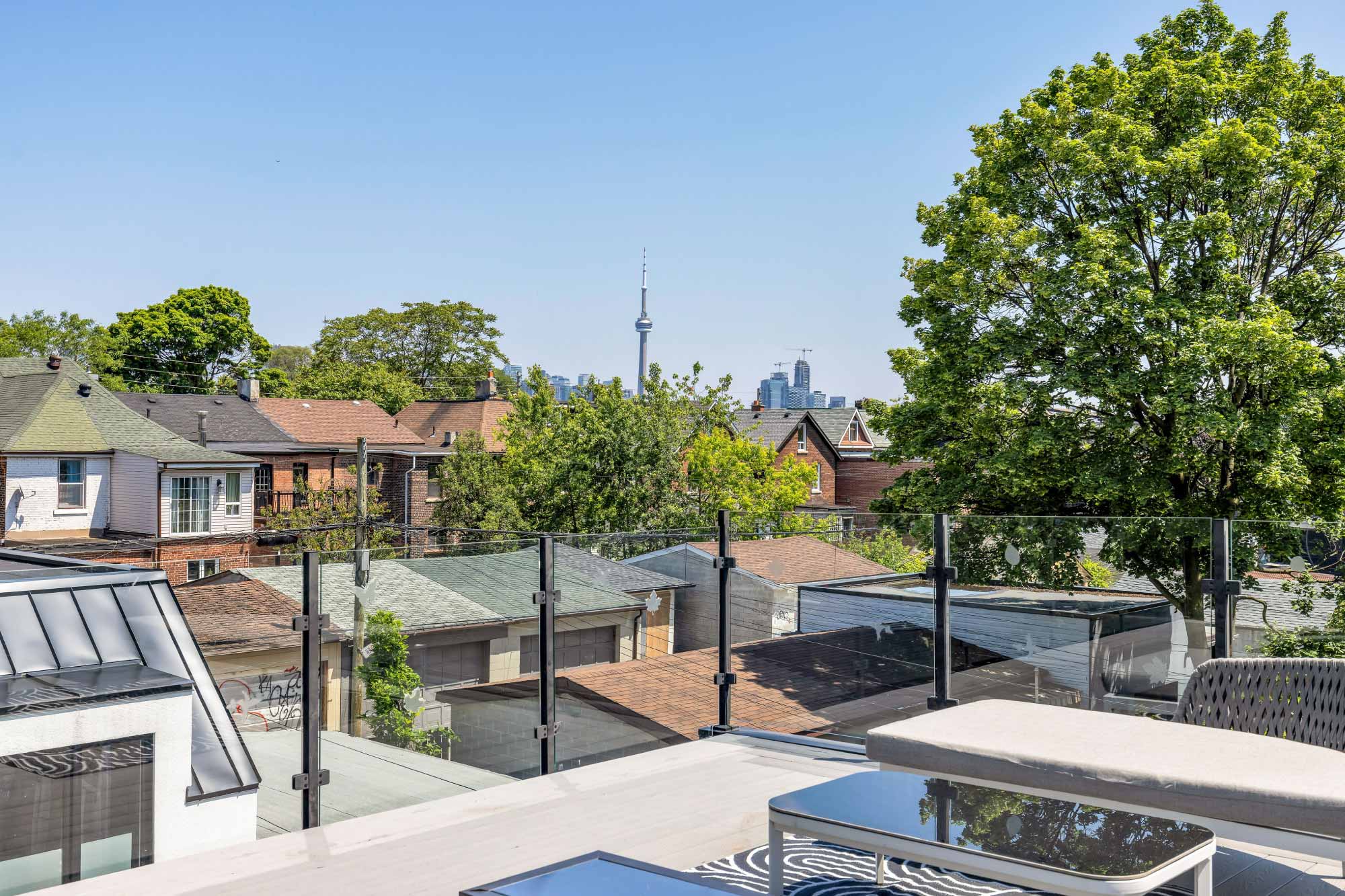Buying your first house in Canada may be a highly anticipated milestone, but it has certainly become more challenging over the years. Toronto real estate in particular is known for its high prices and low supply.
If you’re hoping to buy a home for the first time, you will need a plan. Understanding what resources are available to you will help you along the way. With a checklist to keep you on track, you will become nearly unstoppable! Today’s post will outline how to buy a house in Ontario.
Want to stay up to date with the latest in Toronto real estate? Get news about our latest listings and insights on the market by subscribing to our newsletter.
Understand the Requirements for Buying a House in Canada
What do you need to buy a house? Access to funds is a given, but you’ll also want to arm yourself with knowledge about the local real estate market. Achieving your goal will be easier when you start early and train yourself to stay focused. First, we’ll start with the basics.
- To buy a house in Ontario or anywhere in Canada, you must be a Canadian citizen, permanent resident, have refugee status, or be the spouse or common-law partner of a Canadian citizen.
- You will need access to enough funds to cover your down payment and closing costs, preferably with a cushion for the unexpected.
- All real estate documents are legal and binding, which means you must be of age and of sound mind to be able to enter into a contract.
A knowledgeable and local real estate agent isn’t technically required to buy a house in Canada. However, expert guidance will make every other step easier to achieve. You’ll also avoid some of the most expensive and time-consuming mistakes throughout the home buying process.
What should you look for and where? The posts below just might be your ultimate home buying guide:
- How to Know a Home Is Safe Before You Buy
- What Etobicoke Home Is Right for Your Growing Family?
- Should You Buy a House Close to a School?
Take Advantage of These First-Time Buyer Programs
Setting aside funds for your down payment is one of the first steps to buying a house. Starting early allows your savings and investments to grow, which expands your purchasing power. The following government incentives can help you prepare for your first home purchase.
- First Home Savings Account: Invest up to $8,000 per year (to a lifetime maximum of $40,000). When you’re ready to buy a house, you can withdraw your savings and all dividends to put toward your down payment.
- Home Buyer’s Plan: You can take as much as $60,000 out of a tax-sheltered investment account to help pay for your new home. There is no tax penalty as long as you repay those funds within 15 years.
- Land Transfer Tax Rebates: Both the provincial and municipal governments allow an instant rebate for first-time home buyers, which can save you up to $8,475 on your closing costs.
Do you want to know more about how to get a mortgage when buying your first house? Check out What Ontario Home Buyers Should Know About Financing.
What to Consider When Buying a House
You’ve made an unshakeable goal to buy a house and are well on your way to saving your down payment. Now it’s time to start fine tuning your vision. You want to be as flexible as you can so you don’t close off any possibilities. Still, some aspects of your purchase will be non-negotiable. For example:
- What is your budget ceiling? There should be a number that you will not exceed under any circumstances. Being firm about your range will help you to stay objective and not overpay because your emotions run away with you.
- How much space will you need over the next five years? It’s a mistake to hold out for perfection. However, it’s also not good to settle for a house that is too small for your needs. You can be flexible while focusing on a home you will love for the next few years, at least.
- Where do you want to live? You don’t need to zero in on a specific street, but you should have an idea of what amenities you want nearby. Do you want to be close to schools or public transit? Or do you prefer a more secluded location where you’re surrounded by parks and green spaces?
- Do you need a move-in ready home or can you handle some of the repairs yourself? You might save money on a house that needs some work. Just remember that the cost of renovating can add up quickly. Be sure to budget accordingly.
Once you get the keys to your brand new house, you’ll want to personalize it and make it your own. The posts below will give you some inspiration:
- Our Must-Have Home Decor Accessories
- What Are the Secrets to a Gorgeous Kitchen?
- Lighting Techniques That Give Your Home an Instant Facelift
How to Put an Offer on a House
Making an offer on a house is the next step once you’ve found something that meets all (or most) of your requirements. On paper, this part seems rather simple. In a fast-changing market with individual nuances in each neighbourhood, the process can get more complicated than you realize.
Buying a house at the lowest price possible without alienating the seller is necessary. If you bid too high, the seller will undoubtedly be ecstatic, but you won’t get the best value. On the other hand, a low-ball offer can be insulting and stop the process in its tracks.
There are ways to make your offer more compelling that don’t always mean paying more. Being flexible about other terms or offering a higher deposit can be effective. Your strategy will depend on the current market conditions at the time, which means knowing – and understanding – the latest statistics. Now, more than ever, is when you want a real estate agent with negotiation expertise by your side.
Do you want personalized guidance on what to do when buying a house for the first time? Our Toronto luxury real estate agents are happy to help you each step of the way. Reach out to ana@asantos.ca or call us at 416.575.7317 to take the next steps.

Meet The Team
See how our dynamic duo leads a smart strategy to help you sell your Toronto home for top dollar.









